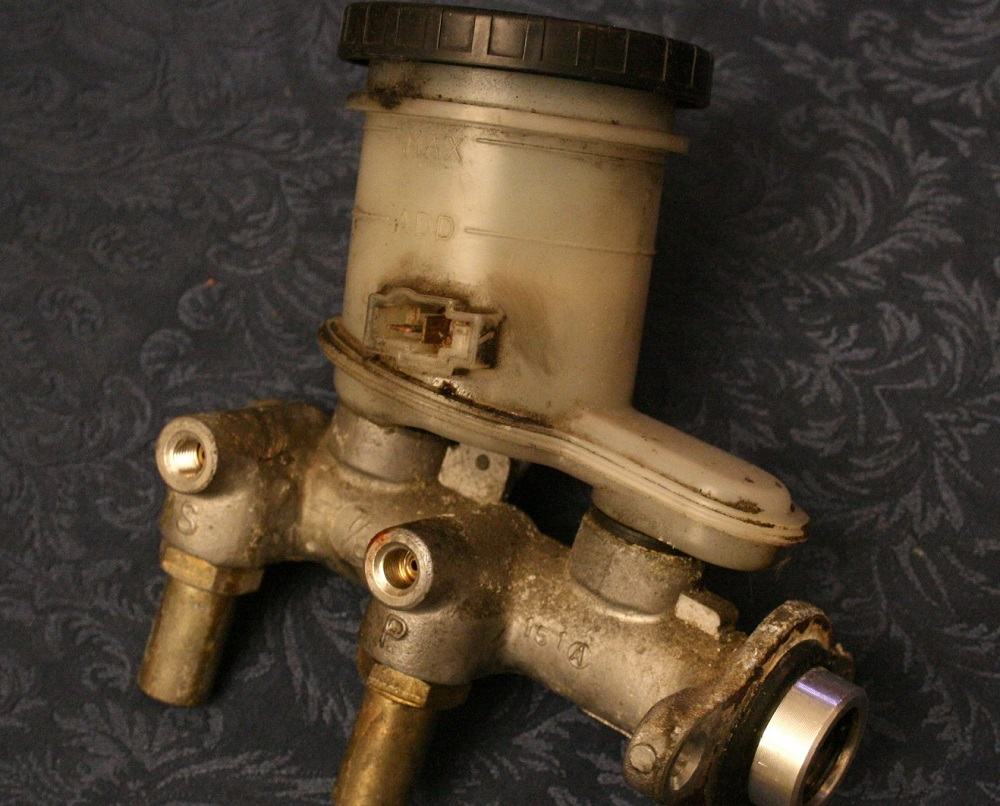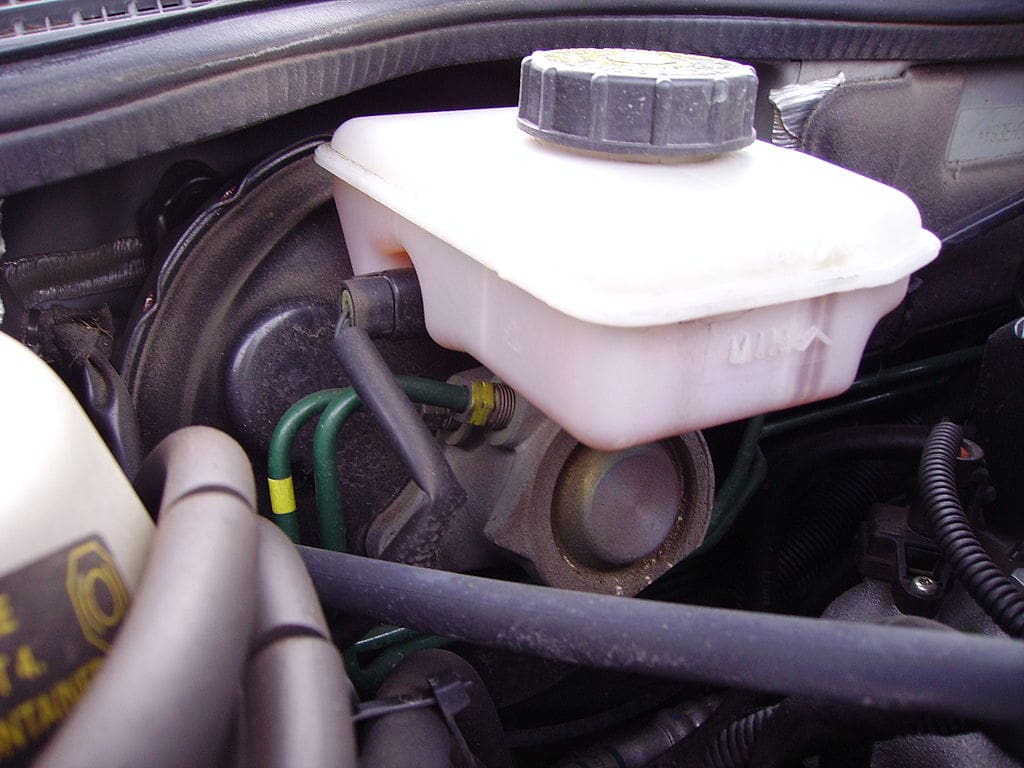The braking system of a vehicle is incomplete without the master cylinder. The prime function of this cylinder is to convert mechanical pressure into hydraulic pressure. By doing so, it engages the brake calipers in the wheels. This brake master cylinder can wear out over time and fail to function proficiently. There will be certain symptoms when it turns bad. How do you test a brake master cylinder? The testing is crucial before coming to a conclusion about the status of the cylinder.
Contents
Signs of a Bad Brake Master Cylinder
If any of these signs are there, make sure to test the cylinder.
Illuminating Brake Warning Light
The most common indicator of a problematic brake master cylinder is the brake warning light turning on. It usually indicates a reduced brake fluid pressure. However, this is not the only reason for which the lights will turn on.
Brake Fluid Leak
The location of the brake master cylinder is beneath the brake fluid reservoir. If there is any sign of leakage under the car, especially under the master cylinder, the brake cylinder has a problem.
Spongy Brake Pedal
If all parts of the vehicle are working in the right manner, the brake pedal should feel firm. But when it feels spongy, the worn-out rubber seal of the master cylinder could be the main reason.

Contaminated Brake Fluid
Contamination of the brake fluid is often the cause of an inefficient master cylinder. Particles like dirt and debris can decrease the hydraulic pressure and make stopping the car difficult. If the vehicle takes too much time to stop, it might indicate a faulty cylinder.
Sinking Brake Pedal
If the car’s brake pedal sinks, there is a high chance of a failed master cylinder. When you withdraw pressure from the brake pedal, it should get back to its normal position. A sinking pedal means that it does not return and stays close to the floor. Even if it moves back to the original position, it will take some time.
How Do You Test a Brake Master Cylinder?
Checking the status of a vehicle’s master cylinder means seeing if the cylinder has enough brake fluid. If the fluid is there, it will move into the brake lines upon stepping on the brake pedal. After releasing the pedal, it will flow back into the cylinder.
How do you test a brake master cylinder? Well, for checking the fluid’s presence, these are the requisite steps:
Open the Brake Fluid Reservoir of the Cylinder
If there is a plastic bottle on top of the master cylinder, unscrew the cap of that little plastic bottle. For a metal reservoir, take the help of a screwdriver to remove the clamp off the top.
Inspect the Lid
When you force the fluid from the cylinder to the brake lines, air comes in with the lid vents to push down the diaphragm cups. The cups move downwards and touch the surface of the remaining fluid. Thus, the cups stop the fluid from evaporating and keep it free from dust and other contaminants. Once it is back in the cylinder, the cups go back to their original position.
Check the Inside of the Master Cylinder
As you look inside the cylinder, there is a “Full” line on the side of the cylinder. The brake fluid should be up to that line or within 1⁄2 inch of the top of each chamber. If the level is below the recommended one, put more brake fluid until it meets the level.
Close Master Cylinder
As the fluid reaches the required level in both chambers of your master cylinder, tightly close it without letting any contamination to take place. Since the cylinders come with airtight caps, the fluid will not leak unless there is a leak.
Check Out for Stains or Wetness Under the Vehicle
Get a flashlight and look underneath the brake master cylinder to see if there is any wetness, sludge, or stain marks. If you find any of these, it means there is a leakage in the cylinder.
SEE MORE
How to Deal with a Bad Brake Master Cylinder
Any leak in the brake fluid can create a dangerous situation, so any master cylinder defect demands immediate replacement. Some cylinders will require reservoir transfer from the old unit.
For installation, bench bleed the master cylinder to check out the existence of any internal and external leaks. Perform the installation, and then completely bleed the brake system. During this, make sure that the fluid does not fall below the low mark.
If the vehicle has electric parking brakes, anti-lock braking, or electronic stability control, you need to contact a professional mechanic. In these cases, the master cylinder replacement will require special procedures.
Conclusion
Whether big or small, any problem with the brake master cylinder is a threat to safe driving. How do you test a brake master cylinder? Well, to diagnose a bad master cylinder, follow the methods mentioned above.



